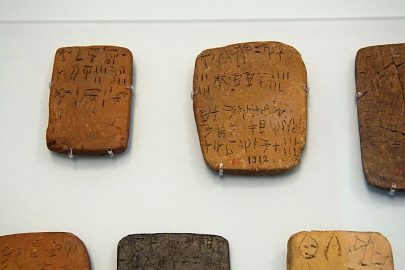According to a statement released by Elsevier, Silvia Ferrara of the University of Bologna and her colleagues conducted a new study of the 3,500-year-old Minoan system of fractions in the syllabic sign and numerical notation system known as Linear A.
Previous attempts to understand the system of fractions were complicated by damaged documents and the contradictory use of certain signs—perhaps because the system changed over time. The researchers therefore limited the study to documents dated to between 1600 and 1450 B.C. They then combined the study of the fraction sign shapes and their use in inscriptions with statistical, computational, and typological strategies to assign them mathematical values.
also read
Erdogan: Greece is childish and is provoking
Trump vs. Biden: Timeline (infographic)
After excluding impossible outcomes, the computation yielded nearly four million possible solutions. Typological data were then used to compare the results with fractions commonly found in use in history. Statistical tests also helped to trim the list of possibilities. Ferrara and her team concluded that Linear A’s lowest fraction was 1/60.
The study also suggests that the Linear B script used by Mycenaean Greek culture between 1450 and 1200 B.C. reused some of these fractions as units of measurement. Read the original scholarly article about this research in the Journal of Archaeological Science.
source archeaology.org
Ask me anything
Explore related questions





